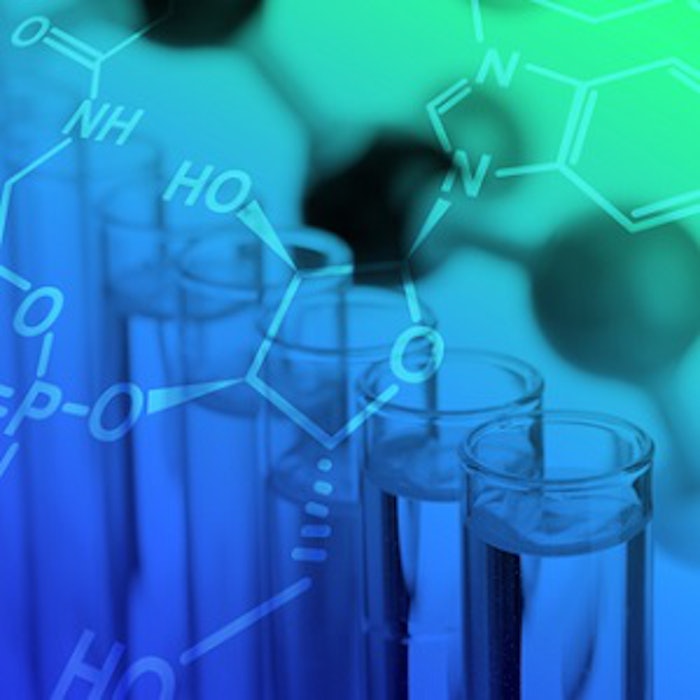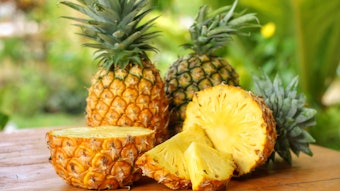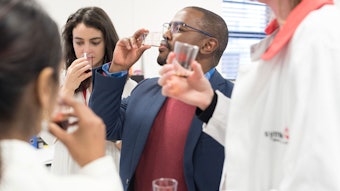
At the end of the vanilla bean development, glucovanillin is found in the central cavity of the pod in rather large abundance. Mature beans then are subjected to a curing process, which releases the free form of vanillin from glucovanillin and enables the development of a compound that makes up the prized vanilla flavor.
However, only a fraction of the vanillin produced by green beans may be recovered by a curing process. We found that the content of vanillin may reach around 7-8 percent, on a dry weight basis, using an appropriate curing protocol (results not shown). In commercial practice, however, curing usually yields 2.5-4.5 percent vanillin or less, on a dry weight basis, of cured beans. This corresponds roughly to 1.75-2.1 percent of vanillin in cured beans containing 30 percent moisture. An additional portion of vanillin, released by the curing process, might be lost when cured beans are extracted for the preparation of vanilla extract. Another fraction of vanillin is lost and appears to fade away with time when vanillin, introduced in pure form or in vanilla extract, is added to foods or other materials. An understanding of the physical and chemical reactivity of vanillin may provide practical tools for preventing losses in vanillin from the time the mature vanilla bean is harvested and cured through the residency period of vanillin in foods or other products. In the present work, we put forth a conjecture suggesting that the behavior of vanillin in an aqueous environment might shed some light on this problem.










